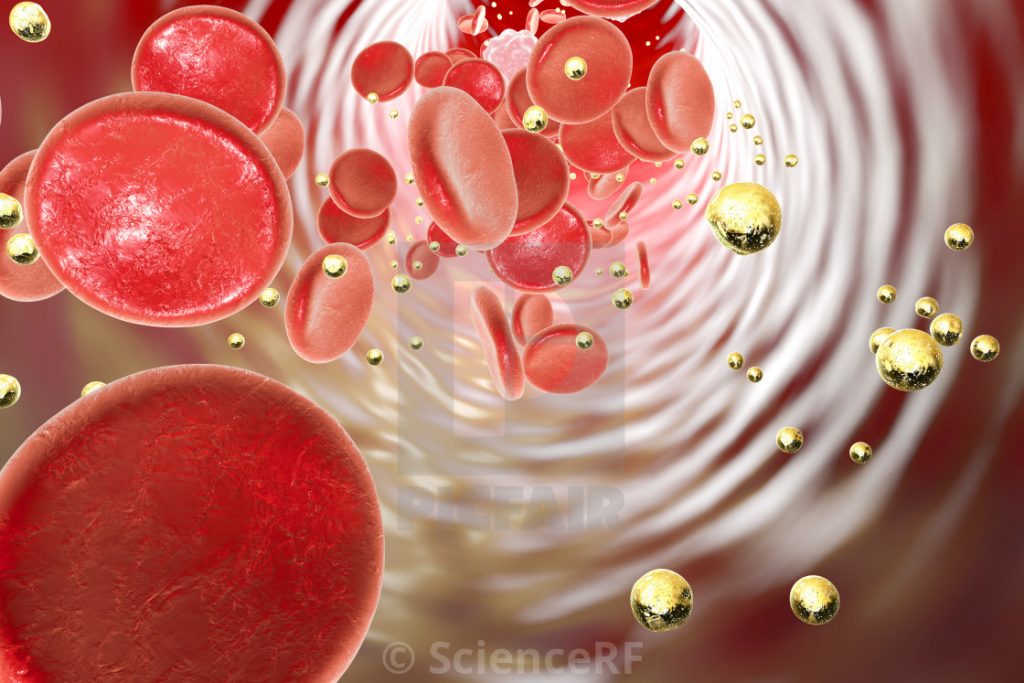How nanoparticles could cure coronavirus disease
Several research works are ongoing on the coronavirus disease also known as COVID-19. With over 750,000 cases and almost 37,000 deaths, the world continues to bear the impact of the deadly pandemic. There is no vaccine available neither is there any standard antiviral treatment to treat the virus although some drugs such as chloroquine and remdesivir have shown positive effects against the virus but they are yet to be approved by the W.H.O as more research is still required to determine the long term effects.
How Nanoparticles work?
Nanotechnology breeds a form of hope as current research suggests nanoparticles can be used to cure COVID-19. According to Thomas Webster, a Northeastern chemical engineering professor in the United States who specializes in nano-scale medicine and technology, he proposes that particles of similar sizes that could attach to SARS-CoV-2 viruses, disrupting their structure with a combination of infrared light treatment. These nanoparticles cause a structural change would inhibit the ability of the virus to survive and reproduce in the body.

Nanoparticles as the name suggests are extremely small particles that can move through the body system without interrupting body functions. This research is known as theranostics which combines diagnosis and therapy into a combined treatment of detection and therapy. To develop nanoparticles specific to treating COVID-19, they need to first understand the structure and sequence of the virus to be able to neutralize the virus. In Thomas Webster words, ?You have to identify what we need to put in our nanoparticle to attract it to that virus?. Nanoparticles can disable the viruses on contaminated surfaces before entering the body making them inactive.
Effects of Nanoparticles

One of the major concerns associated with nanoparticles is that due to their tiny sizes, they are extremely permeating that they can seep through to delicate parts of the body. A problem which Webster says can be tackled with iron oxide. Iron-based particles can be directed with magnetic fields to target specific organs of the body in this case, the focus is on the respiratory system. Although, there is no certainty as to if it will be approved as the long term strategy is to develop
